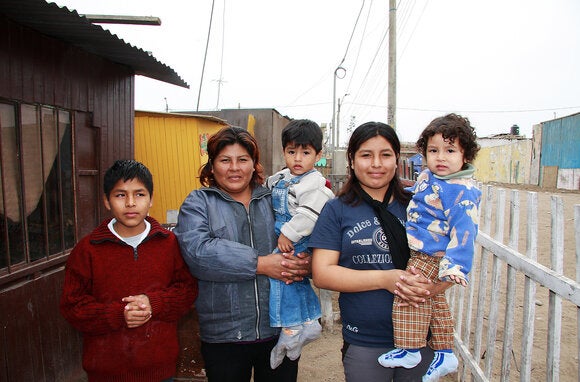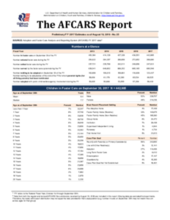This page contains documents and other resources related to children's care in the Americas. Browse resources by region, country, or category.
Displaying 1661 - 1670 of 3116
This video presents an exchange of lessons and experiences between youth and adult representatives of Nebraska Children and Families Foundation in the United States and Doncel Asociación Civil in Argentina, highlighting authentic youth engagement in addressing the needs of former foster youth.
This article from JAMA explores the health consequences for children who have been separated from their parents at the U.S. border with Mexico.
This study assesses prevalence of substance use, and the impact of housing instability. and independence preparation on substance use in two samples: youth currently in-care and former foster youth.
This article demonstrates how structural social work theory and critical consciousness development can be used to help facilitate a transition from a deficit model approach to an inequities perspective in a child welfare system that was working to improve the identification of and services for domestic minor sex trafficked youth (DMST).
In this editorial in the South African Journal of Psychology, Ann Skelton (a member of the Law Faculty at the University of Pretoria) writes about the recent family separation policy enacted at the US border with Mexico in which children of all ages arriving to the country with their parents or other family members were separated and placed into detention facilities.
This cross-sectional study uses a random sample of forty-six foster care alumni from a Midwestern public university to explore the relationship between exposure to trauma and post-secondary academic achievement.
This report from the US Administration on Children, Youth and Families, Children's Bureau presents statistics and figures on foster care in the US for 2017, including the number of children in care disaggregated by age, sex, race/ethnicity, placement type, time in care, and more.
This study investigated two research questions: (1) Which child attributes and case histories are associated with placement disruptions (moves indicative of child, agency or caregiver dissatisfaction with the existing placement)?; and (2) How do associations of child attributes and case histories with placement disruptions vary by developmental stage --early childhood (0–5 years), middle childhood (6–12 years), and adolescence (13 years or older)?
The contract for a temporary housing facility for immigrant children in Tornillo, Texas in the US was set to terminate August 13, "but now the government is planning to continue using it to shelter children for yet another month, according to a sp
The current studies used longitudinal data collected across 7 years from a sample of 1,765 children, 5 to 14 years old, in out-of-home care in Maryland, USA. This first study examined the trajectories of anxiety and depression across age and time in care separately and the second examined the reciprocal relationships across time between anxiety, depression, and significant risk and protective factors from Study 1.


